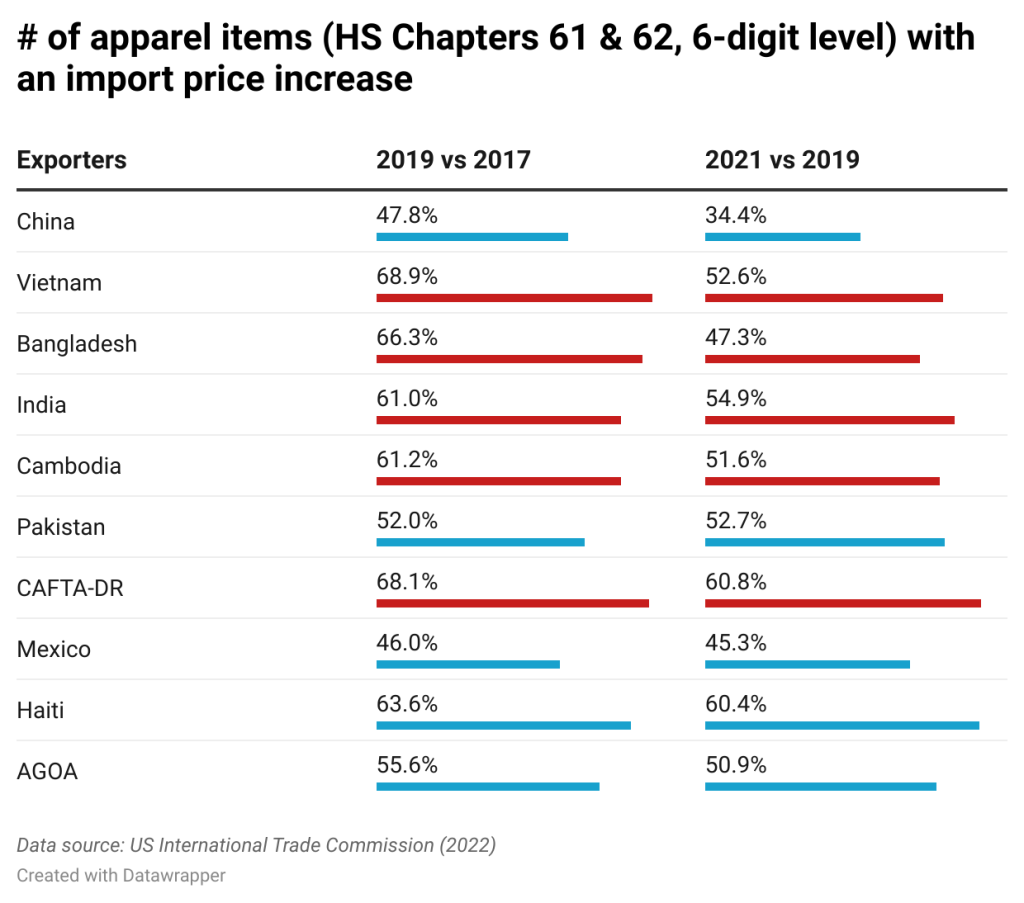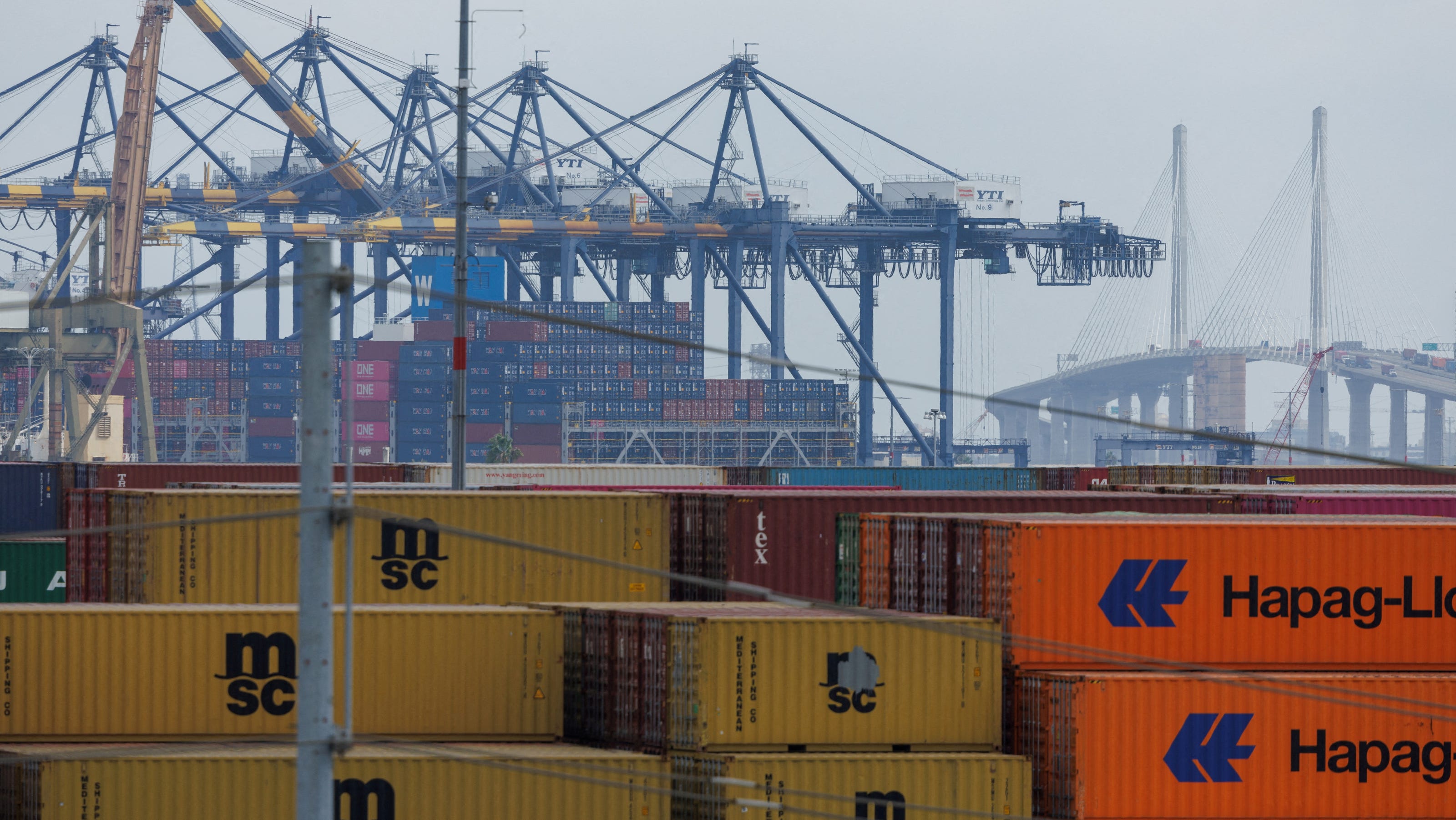Early Release Program: Government Addresses Prison Capacity Issues, Facing Backlash

Table of Contents
The Rationale Behind Early Release Programs
The driving force behind the implementation of early release programs is multifaceted. Governments are faced with the urgent need to address a growing crisis within their prison systems. The reasons are compelling:
-
Prison Overcrowding: Overpopulated prisons lead to unsanitary conditions, increased violence, and a diminished ability to provide adequate healthcare and rehabilitation services. This compromises the safety and well-being of both inmates and correctional staff. The lack of sufficient prison capacity necessitates alternative solutions.
-
Financial Strain: The high cost of incarceration puts a significant strain on government budgets. Maintaining overcrowded prisons requires substantial funding for infrastructure, staffing, and services. Early release programs can offer a cost-effective way to reduce the financial burden.
-
Recidivism Reduction: A key argument for early release programs is their potential to reduce recidivism. By offering alternative sentencing options and focusing on rehabilitation, these programs aim to help inmates successfully reintegrate into society, reducing the likelihood of future criminal activity.
-
Addressing Specific Offender Populations: Many early release programs target specific groups of inmates, such as non-violent offenders or those nearing the end of their sentences, who are deemed to pose a lower risk to public safety.
The criteria for inmate selection vary widely depending on the specific program and jurisdiction. Factors often considered include the severity of the crime, the inmate's behavior while incarcerated, and risk assessment scores generated by specialized tools. This selection process is a crucial component of the program's effectiveness and a major point of contention for its critics.
How Early Release Programs Work in Practice
The process of implementing an early release program generally involves several key stages. First, inmates are screened based on predetermined criteria using various risk assessment tools. Those deemed eligible then participate in rehabilitation programs, designed to equip them with the skills and support needed for successful reintegration. These programs may include job training, substance abuse treatment, and educational courses.
-
Risk Assessment Tools: These tools help predict the likelihood of recidivism, allowing for a more informed selection process.
-
Rehabilitation Programs: These programs aim to address the root causes of criminal behavior and improve the chances of successful reintegration.
-
Monitoring Mechanisms: Released inmates are often subject to monitoring, including mandatory check-ins, drug testing, and electronic surveillance.
-
Support Systems: Many programs offer support services, such as housing assistance, job placement services, and mental health counseling, to help inmates transition back into society.
The government allocates resources to these programs, including funding for staffing, rehabilitation services, and monitoring technologies. However, the adequacy of these resources is often a point of contention.
The Backlash Against Early Release Programs
Despite the rationale behind early release programs, significant public opposition exists. Concerns center around several key issues:
-
Fear of Increased Crime Rates: A major concern is that the release of inmates, even those deemed low-risk, will lead to an increase in crime rates.
-
Public Safety Concerns: The release of potentially dangerous criminals raises serious questions about public safety, particularly for communities where released inmates may reside.
-
Lack of Transparency: Critics often cite a lack of transparency in the selection process, questioning the fairness and objectivity of the criteria used.
-
Insufficient Resources: Concerns remain about whether sufficient resources are allocated to rehabilitation programs and monitoring mechanisms to ensure public safety.
-
Political Opposition and Media Scrutiny: Early release programs often become highly politicized, attracting criticism from various stakeholders.
Incidents involving released inmates who re-offend can fuel public outrage and increase opposition to these programs. This highlights the critical need for careful planning, effective monitoring, and transparent communication to maintain public trust.
Addressing Public Concerns
In response to public concerns, governments are often forced to adapt their early release programs. This may include refining selection criteria, increasing resources for rehabilitation and monitoring, and enhancing transparency in the program's operations. Further, exploring alternative solutions to prison overcrowding, such as expanding community-based correctional facilities and implementing alternative sentencing options, can help alleviate the need for widespread early release programs while still addressing the root problem. Finding a balance between effectively reducing prison populations and ensuring public safety remains a significant challenge.
Conclusion
Early release programs present a complex dilemma. While they offer a potential solution to the pressing problem of prison overcrowding, they also raise significant concerns regarding public safety and the potential for increased crime rates. The key arguments for these programs center around their ability to reduce financial strain, improve prison conditions, and potentially lower recidivism through rehabilitation. However, the criticisms highlight the need for transparency, adequate resources, and robust monitoring mechanisms to mitigate risks and address public concerns. Addressing prison overcrowding effectively requires a comprehensive approach involving multiple strategies, not solely relying on controversial measures like early release programs. We need an ongoing, informed discussion about the effectiveness and impact of these programs on society. Your informed participation in this debate is crucial. Let's continue the conversation about finding effective and responsible solutions to address prison capacity issues and promote public safety.

Featured Posts
-
 Steun Voor Uitbreiding Nederlandse Defensie Industrie Neemt Toe Te Midden Van Groeiende Internationale Spanningen
May 18, 2025
Steun Voor Uitbreiding Nederlandse Defensie Industrie Neemt Toe Te Midden Van Groeiende Internationale Spanningen
May 18, 2025 -
 9 11 Netflix Documentary Features Survivors Terrifying Account Of Being Set Ablaze
May 18, 2025
9 11 Netflix Documentary Features Survivors Terrifying Account Of Being Set Ablaze
May 18, 2025 -
 Majority Plan King Day Celebrations But 22 Seek Holidays End
May 18, 2025
Majority Plan King Day Celebrations But 22 Seek Holidays End
May 18, 2025 -
 Taylor Swifts Eras Tour Wardrobe A Close Up Look At Her Stunning Outfits
May 18, 2025
Taylor Swifts Eras Tour Wardrobe A Close Up Look At Her Stunning Outfits
May 18, 2025 -
 The Phone Call That Brought Down Bin Laden A Netflix Series
May 18, 2025
The Phone Call That Brought Down Bin Laden A Netflix Series
May 18, 2025
Latest Posts
-
 The Netherlands And The Trump Tariffs Public Opinion Against Retaliation
May 18, 2025
The Netherlands And The Trump Tariffs Public Opinion Against Retaliation
May 18, 2025 -
 Netherlands Public Opposition To Eu Countermeasures On Us Tariffs
May 18, 2025
Netherlands Public Opposition To Eu Countermeasures On Us Tariffs
May 18, 2025 -
 Poll Most Dutch Against Eu Retaliation On Trump Import Duties
May 18, 2025
Poll Most Dutch Against Eu Retaliation On Trump Import Duties
May 18, 2025 -
 Public Opinion In The Netherlands Against Eu Response To Trump Tariffs
May 18, 2025
Public Opinion In The Netherlands Against Eu Response To Trump Tariffs
May 18, 2025 -
 Majority Of Dutch Oppose Eus Response To Trump Import Tariffs
May 18, 2025
Majority Of Dutch Oppose Eus Response To Trump Import Tariffs
May 18, 2025
